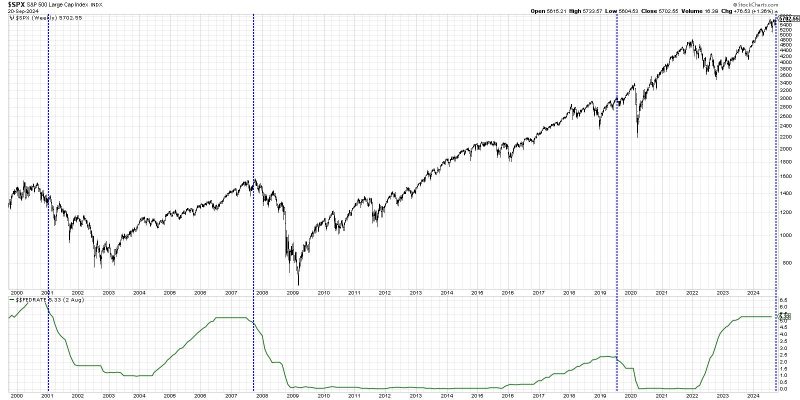In the world of finance, the topic of interest rates and their impact on stock performance is always a point of debate. The recent discussions surrounding the potential for rate cuts have left investors wondering whether they should adopt a bullish or bearish outlook. Let’s delve into the details to uncover the truth behind how rate cuts can affect stock performance.
Historically, when central banks implement rate cuts, it is often seen as a stimulant for economic growth. Lower interest rates can reduce borrowing costs for individuals and businesses, leading to increased spending and investment. Consequently, companies may experience an uptick in earnings, which can have a positive influence on stock prices. This scenario tends to make investors more optimistic, thereby driving stock markets higher. As a result, a bullish sentiment is often associated with expectations of rate cuts.
On the other hand, some experts argue that rate cuts may also signal underlying economic weaknesses. If central banks are forced to lower interest rates due to a slowing economy or other troubling indicators, it could raise concerns about future corporate earnings. In such cases, the market may interpret rate cuts as a sign of impending economic challenges, leading to a bearish sentiment. Investors may become more cautious and choose to reduce their exposure to equities in anticipation of potentially lower returns.
It is essential to note that the relationship between rate cuts and stock performance is not always straightforward. Various external factors can influence how markets respond to changes in interest rates. For instance, geopolitical tensions, global economic conditions, and corporate earnings reports can all play a significant role in shaping investor sentiment.
Moreover, the effectiveness of rate cuts in driving stock prices higher can also vary depending on the overall market environment. In times of extreme volatility or uncertainty, the impact of rate cuts may be dampened as investors focus more on risk aversion rather than potential rewards. In such cases, the bullish sentiment typically associated with rate cuts may not materialize as expected.
In conclusion, while rate cuts have the potential to influence stock performance, it is crucial for investors to consider the broader economic context and market conditions. Both bullish and bearish perspectives have merit, and the interplay of various factors will ultimately determine how equities respond to changes in interest rates. By staying informed and keeping a close eye on relevant developments, investors can make more informed decisions about their investment strategies in a dynamic market environment.
